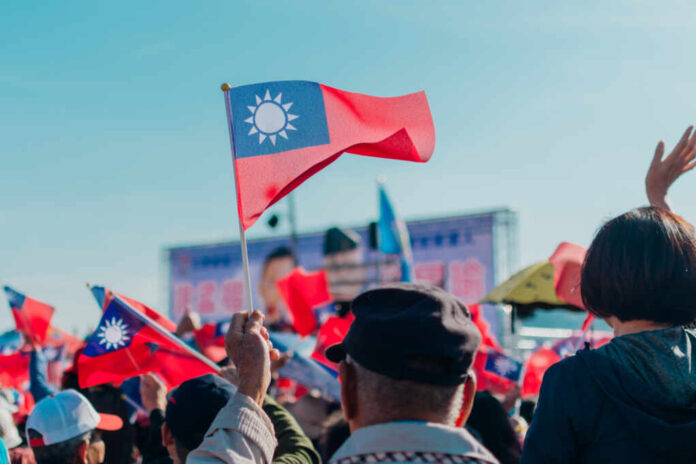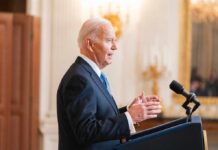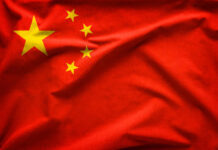
Coinciding with Taiwan’s presidential election that strongly signaled the nation’s preference for independence over closer ties with China, the U.S. has reinforced its naval presence in the Western Pacific. This strategic move, involving deploying a third carrier strike group, underscores America’s commitment to stability in a region increasingly shadowed by geopolitical tensions.
The USS Theodore Roosevelt (CVN 71), a Nimitz-class, nuclear-powered aircraft carrier, departed San Diego last Thursday, joining the USS Carl Vinson (CVN 70) and the USS Ronald Reagan (CVN 76) in the Western Pacific theater. A defense official confirmed this deployment, not pre-announced, after the carrier’s observed departure.
Just days before Taiwan elected a president favoring sovereignty over closer ties to China, the U.S. deployed a third career strike group to the western Pacific theater. https://t.co/RWZVAnz5Dz
— NEWSMAX (@NEWSMAX) January 15, 2024
The USS Theodore Roosevelt, accompanied by the guided-missile cruiser USS Lake Erie (CG 70), follows the USS Carl Vinson, which has been in the Philippine Sea since its October deployment. Meanwhile, the USS Ronald Reagan, America’s only forward-deployed carrier in the region, completed its patrol in November and is set to return home in 2024.
The Theodore Roosevelt’s deployment is particularly significant given the strategic backdrop. Taiwan’s election, pivotal in defining the island’s relationship with China, coincides with the U.S. enhancing its naval capabilities in adjacent waters.
The carrier strike group includes a detachment of C-2A Greyhounds from the East Coast, substituting for the grounded CV-22B Ospreys from the “Rawhides” of Fleet Logistics Squadron (VRC) 40.
U.S. Naval Air Force, U.S. Pacific Fleet said in a weekend statement: “Anytime & anywhere TR reports for duty, she (a floating city of 5,500 Sailors) brings 4.5 acres of sovereign U.S. territory & 97,000 tons of diplomacy.” This vivid description highlights the Theodore Roosevelt’s role not just as a warship but as a mobile embodiment of U.S. influence and commitment.
The timing of the Theodore Roosevelt’s deployment, ahead of its original schedule, indicates a strategic foresight. Originally intended to relieve the Vinson after its five to six-month deployment, the Theodore Roosevelt’s early deployment could be seen as a proactive measure by the U.S. Navy to bolster its presence in a region where tensions are palpable. The carrier strike group’s positioning near Taiwan during the elections clearly conveys U.S. support for democratic processes and a stable, free Indo-Pacific region.
This development comes as the U.S. continues to navigate complex geopolitical waters. China’s assertive stance in the South China Sea and its approach toward Taiwan have raised concerns among neighboring countries and global powers alike.

































